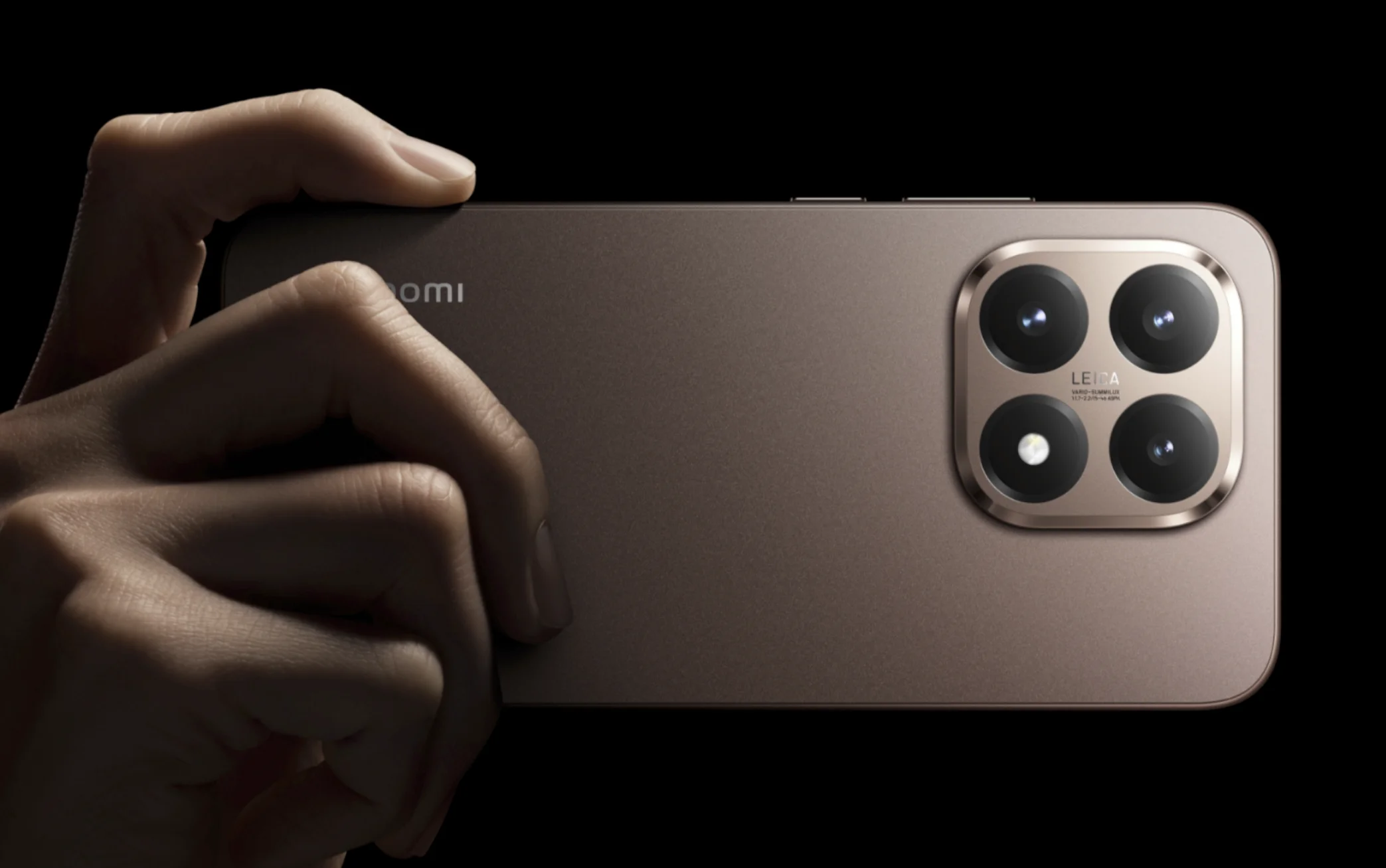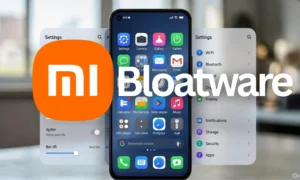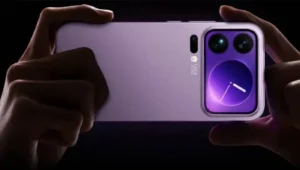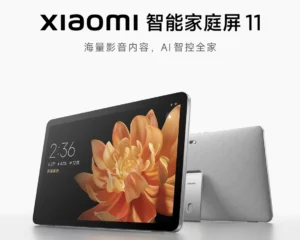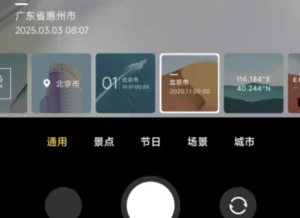Xiaomi in 2025: Beyond Just Budget Phones – A Flagship Revolution
In the fast-paced world of smartphones, where innovations pop up every month and brands fight tooth and nail for consumer attention, Xiaomi has been orchestrating a radical transformation. Back in its early days, around 2010, the Chinese tech giant carved out its niche as the king of cheap Xiaomi phones, offering affordable devices with decent specs. Fast forward to 2025, and the narrative has completely flipped. Today, Xiaomi isn’t just competing in the premium segment with its Xiaomi 2025 flagships; it’s positioning them as serious contenders to behemoths like the iPhone and Samsung Galaxy. In this comprehensive deep dive, we explore why associating Xiaomi with “budget” is a massive misstep, compare its top-tier models against Apple and Samsung, analyze pricing against other Eastern leaders like OnePlus, Oppo, and Vivo, and highlight its powerful yet accessible options. If you’re looking for Xiaomi vs iPhone Samsung phone comparison 2025, you’ve landed in the right spot.
With over 1600 words dedicated to debunking myths and backing up claims with real data, this analysis is designed to give you a crystal-clear picture of the current smartphone market. Get ready to discover how Xiaomi has evolved from a budget darling to a premium contender, redefining value in the industry.
The “Cheap Xiaomi” Myth: An Obsolete Perception in 2025
For over a decade, Xiaomi won the hearts of millions with its budget-friendly Xiaomi smartphones. Models like the original Redmi Note, launched back in 2014, boasted AMOLED displays, long-lasting batteries, and potent processors for under $200. This “high performance at low cost” formula made the brand synonymous with affordability, especially in emerging markets like Latin America and Asia. However, in 2025, this “cheap Xiaomi phone” label is not just inaccurate; it’s a mistake that massively underestimates the company’s maturity.
According to data from GSMArena and TechRadar, Xiaomi has poured billions into R&D, collaborating with Leica for professional-grade cameras and adopting the latest-gen Snapdragon chips. The result? Flagships like the Xiaomi 15 Ultra that not only match, but in some aspects, surpass premium competitors. Associating Xiaomi with “cheap” ignores its evolution towards top-tier quality, where materials like titanium and Gorilla Glass Victus 2 are standard, and software updates extend for up to seven years on select models.
This prejudice persists due to cultural inertia. On forums like Reddit, users still debate whether to go for a “cheap Xiaomi” or a Samsung, failing to recognize that Xiaomi’s flagships often cost the same or less than a Galaxy S25 Ultra. It’s a mistake that deprives consumers of innovative options. Xiaomi hasn’t abandoned its accessible heritage – we’ll get to that later – but its flagships clearly show the brand is aiming for excellence, not just savings. In short, in 2025, choosing Xiaomi isn’t settling for less; it’s embracing premium without the premium price tag.
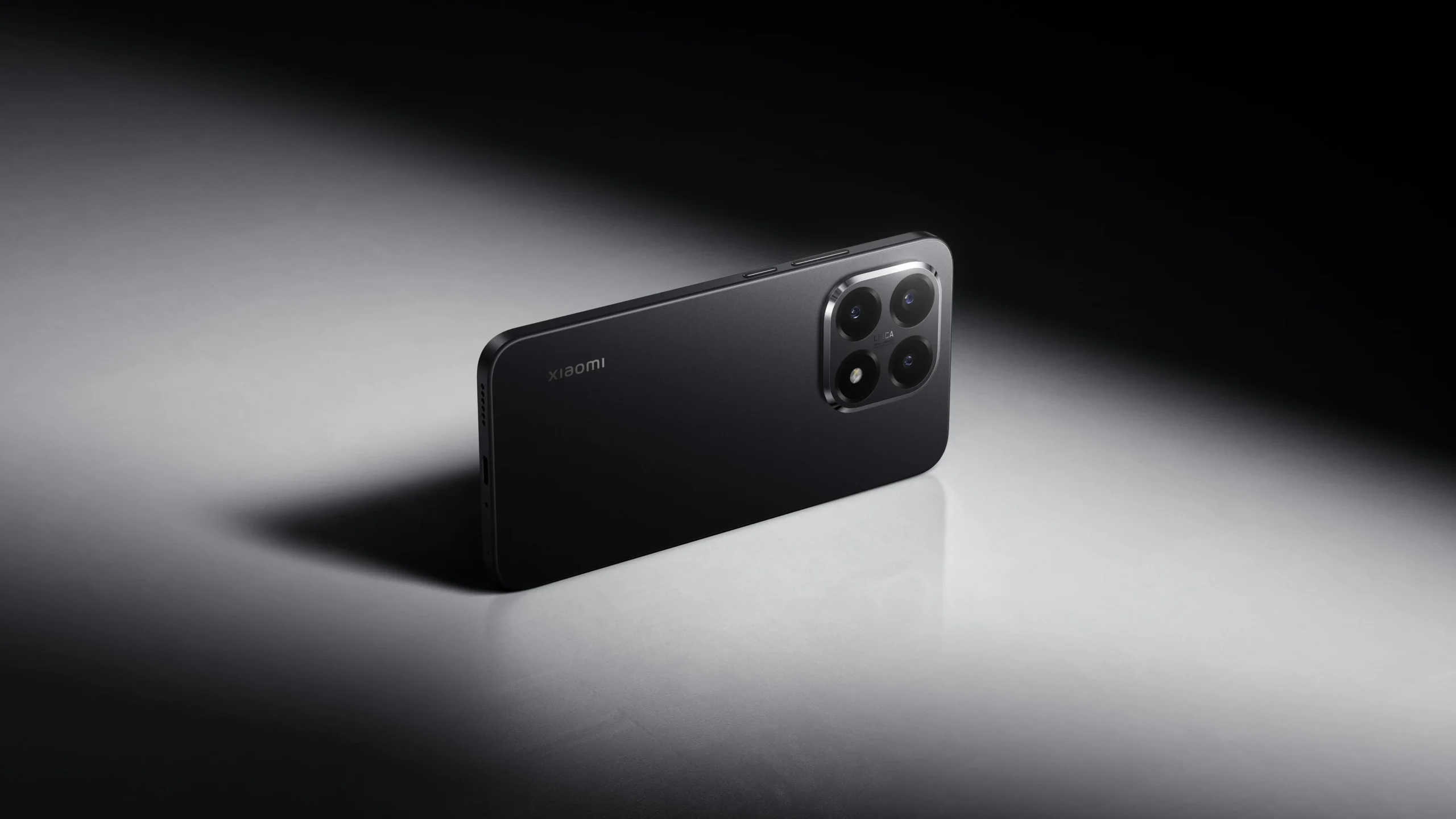
Comparing Xiaomi 2025 Flagships: How Do They Stack Up Against iPhone and Samsung Galaxy?
Flagships are the jewel in any brand’s crown, and in 2025, Xiaomi’s are shining brighter than ever. Let’s take the Xiaomi 15 Ultra as our benchmark, the flagship that dropped in February 2025, with a starting price of around $1,200 (or €1,099 in Europe). Packed with the Snapdragon 8 Gen 4 Elite, 16GB of RAM, and a 5,500 mAh battery with 120W fast charging, this device redefines expectations. Its quad-camera system, co-developed with Leica, features 200MP Sony and Samsung sensors, delivering “authentic and professional” photos that, according to TechRadar’s tests, outshine the iPhone 16 Pro Max in versatility.
Now, let’s compare directly with the market leaders: Apple’s iPhone 16 Pro Max (priced at $1,199) and the Samsung Galaxy S25 Ultra (priced at $1,299). In terms of raw performance, the Xiaomi 15 Ultra matches Apple’s A18 Pro and Samsung’s Snapdragon in benchmarks like AnTuTu (around 2.5 million points), but it shines in multitasking thanks to its superior RAM. For gaming, its beefed-up vapor chamber keeps temperatures stable, outperforming the iPhone which tends to throttle during extended sessions.
When it comes to displays, the Xiaomi boasts a 6.78-inch LTPO OLED with a staggering 3,200 nits of brightness – exceeding the 2,600 nits of the Samsung and the 2,000 nits of the iPhone, making it perfect for sunny outdoor use. Charging is where Xiaomi truly dominates: 120W wired (0-100% in 18 minutes) versus Samsung’s 45W and iPhone’s 30W. However, Apple wins on ecosystem (seamless integration with Mac and Watch), and Samsung takes the crown for software support (seven years of updates versus Xiaomi’s four).
For cameras, the Xiaomi 15 Ultra is a beast. Its dual telephoto lenses (3x and 5x optical zoom) capture incredibly sharp details even in low light, outperforming the variable zoom on the Samsung and the AI processing of the iPhone. In terms of design, its titanium and vegan leather chassis feels just as premium as the iPhone’s, although the Samsung’s S Pen adds a layer of productivity functionality.
| Feature | Xiaomi 15 Ultra | iPhone 16 Pro Max | Samsung Galaxy S25 Ultra |
|---|---|---|---|
| Starting Price | $1,200 | $1,199 | $1,299 |
| Processor | Snapdragon 8 Gen 4 Elite | A18 Pro | Snapdragon 8 Gen 4 Elite |
| RAM/Storage | 16 GB / 512 GB | 8 GB / 256 GB | 12 GB / 256 GB |
| Display | 6.78″ OLED, 3,200 nits | 6.9″ Super Retina XDR, 2,000 nits | 6.8″ Dynamic AMOLED, 2,600 nits |
| Main Camera | 200 MP Leica Quad | 48 MP Triple | 200 MP Quad + S Pen |
| Battery/Charging | 5,500 mAh / 120W | 4,685 mAh / 30W | 5,000 mAh / 45W |
| Software Updates | 4 OS + 6 Years Security | 7 Years | 7 Years |
This table neatly summarizes why the Xiaomi isn’t just a “disguised budget phone.” It offers flagship specs at a competitive price, with minimal trade-offs like HyperOS software, which, while vastly improved by 2025, still carries some residual bloatware. In CNET’s tests, the Xiaomi 15 Ultra stands out as “the best value in premium,” making it an ideal choice for users who prioritize hardware prowess over ecosystem lock-in.
Another flagship worth highlighting is the Xiaomi 14T Pro (around $800). This “affordable flagship” sports the MediaTek Dimensity 9300+ and 120W charging, directly challenging Samsung’s Galaxy S24+ (priced at $999) in photographic performance and battery life. Compared to the iPhone 15 Pro ($999), it offers more RAM and significantly faster charging, though it does sacrifice the smooth fluidity of iOS.
In conclusion to this comparison, Xiaomi’s 2025 flagships don’t just meet iPhone and Samsung on specs and design; they often excel in dollar-for-dollar value, directly challenging the notion that premium inherently means paying a premium for the logo.
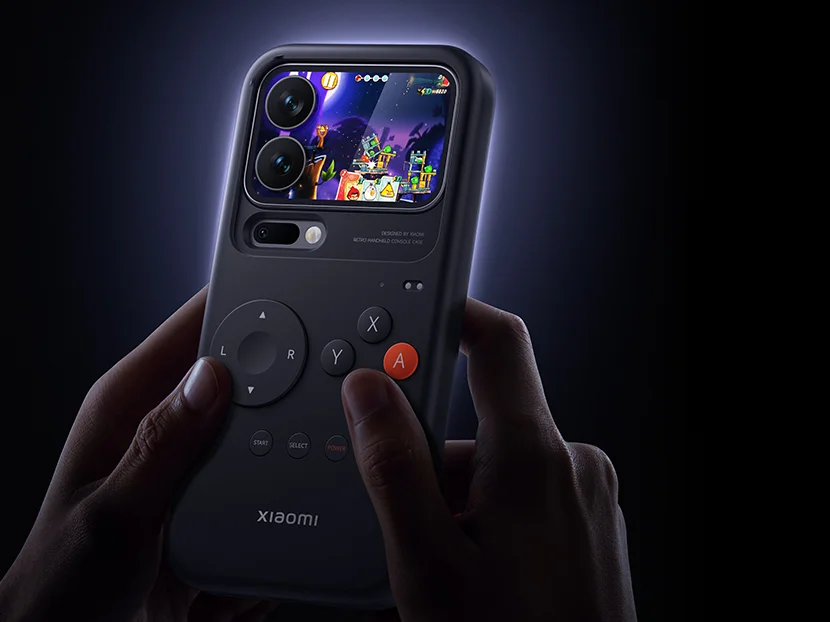
Price Comparison: Xiaomi vs. Other Eastern Leaders in 2025
The Asian smartphone market is a hotbed of innovation, and Xiaomi isn’t alone in this fierce competition. In 2025, brands like OnePlus, Oppo, and Vivo – often under the umbrella of BBK Electronics – are offering flagships that rival Xiaomi’s in specs and price points. Let’s break down where Xiaomi stands.
The OnePlus 13 (around $1,000) is a direct competitor to the Xiaomi 15, featuring the Snapdragon 8 Gen 4 and 100W charging. However, Xiaomi edges it out in the camera department with its Leica partnership. OnePlus wins on its cleaner OxygenOS software compared to HyperOS, but Xiaomi generally comes in about $200 cheaper.
Oppo, with its Find X8 Pro (around $1,100), impresses with its foldable display and Hasselblad cameras, similar to the Xiaomi Mix Flip. However, tests by TechAdvisor suggest that the Xiaomi offers better battery life and display brightness at a lower cost. Vivo’s X200 Pro (around $1,150) boasts incredible periscope zoom capabilities, but Xiaomi matches this with its dual telephoto setup for less cash.
| Model | Starting Price (USD) | Processor | Standout Camera | Key Advantage |
|---|---|---|---|---|
| Xiaomi 15 Ultra | 1,200 | Snapdragon 8 Gen 4 Elite | Leica Quad 200MP | Value & Fast Charging |
| OnePlus 13 | 1,000 | Snapdragon 8 Gen 4 | Hasselblad Triple | Clean Software |
| Oppo Find X8 Pro | 1,100 | MediaTek Dimensity 9400 | Hasselblad Quad | Foldable Design |
| Vivo X200 Pro | 1,150 | Snapdragon 8 Gen 4 | Zeiss Periscope 200MP | Extreme Zoom |
Xiaomi emerges as the most well-rounded player here. It offers competitive pricing (typically 10-15% less than Vivo and Oppo) with specs that don’t compromise on quality. On Reddit, users frequently mention that “Xiaomi delivers flagship performance for less than OnePlus, without Oppo’s premium markups.” This comparison underscores that Xiaomi leads in premium accessibility among these Eastern manufacturers, staying true to its value-driven roots without being merely “cheap.”
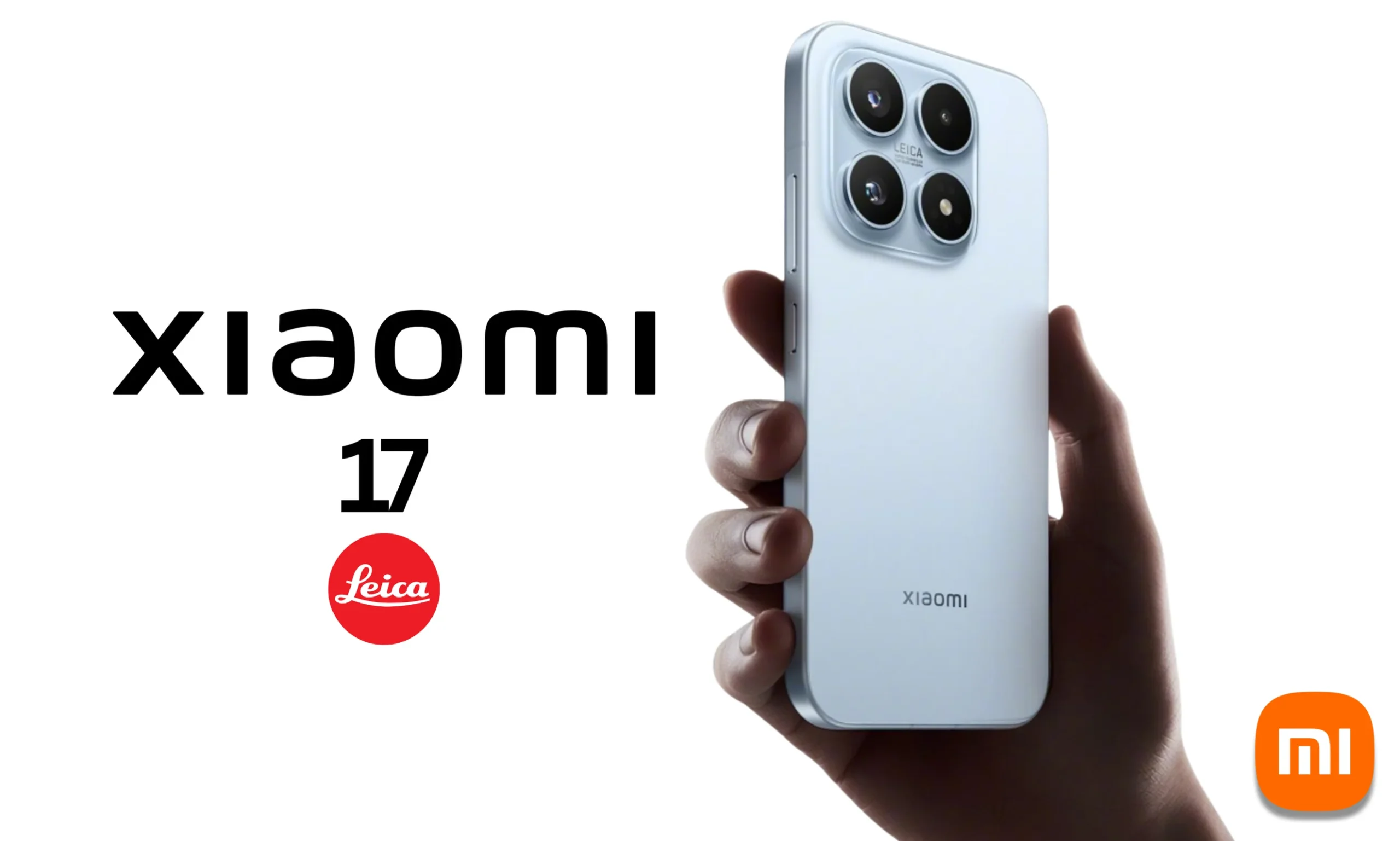
Xiaomi: Powerful and Accessible, the Winning Formula Persists
Even as its flagships have ascended to the premium Olympus, Xiaomi hasn’t forgotten its origins. In 2025, it continues to offer powerful accessible phones that prove the brand can deliver top-notch experiences without breaking the bank for everyone. The Redmi Note 14 Pro+ (priced at $223 for the 8/256 GB variant) is a prime example. Sporting the Dimensity 7300 Ultra, a 120Hz AMOLED display, and a 200MP camera, it handles gaming and multitasking like a flagship at a fraction of the cost.
Another strong contender is the Poco X7 Pro (around $400). Equipped with the Snapdragon 7+ Gen 3 and a hefty 5,000 mAh battery with 67W charging, it’s a dream for users seeking serious power without shelling out $1,000. Compared to Samsung’s Galaxy A55 ($500), the Poco offers more RAM and faster charging. Against the iPhone SE ($429), it wins hands down on display size and battery capacity.
These accessible models – like the previous generation’s Redmi Note 13 Pro+, which remains a solid option – carry forward Xiaomi’s legacy: innovation for all. According to Pocket Tactics, the Redmi Note 14 series “delivers flagship value in the mid-range,” promising updates up to Android 17. Thus, Xiaomi masterfully balances premium and accessible, correcting the error of labeling it as merely “cheap.”

Conclusion: Xiaomi 2025 – The Perfect Balance of Premium and Value
In 2025, Xiaomi has comprehensively dismantled the myth of the “cheap phone.” Its flagships, like the 15 Ultra, don’t just compete with iPhone and Samsung on specs and price; they often surpass them in key areas like charging speeds and camera versatility. When stacked against OnePlus, Oppo, and Vivo, Xiaomi consistently offers the best cost-benefit ratio. Meanwhile, its more accessible options, such as the Redmi Note 14 Pro+, keep the door open for budget-conscious consumers.
If you’re looking for a Xiaomi vs iPhone Samsung 2025 phone comparison or exploring Xiaomi flagship prices, Xiaomi presents itself as the smart choice: premium without the extravagance. Are you ready to upgrade? Dive into these incredible models and join the Xiaomi revolution. For more in-depth analysis, keep following us here at TechInsights.
